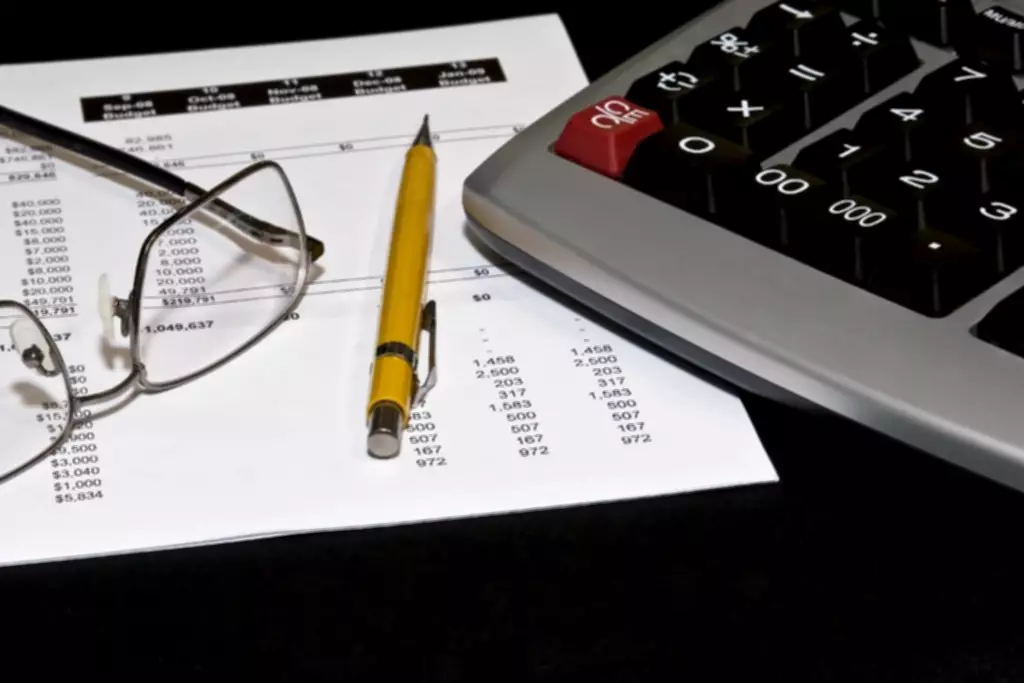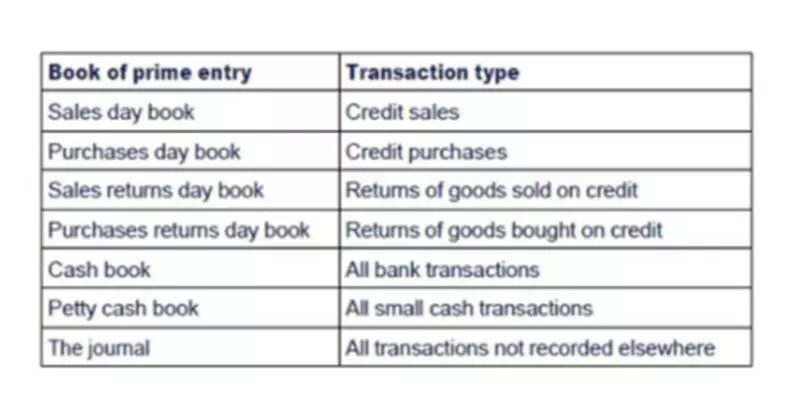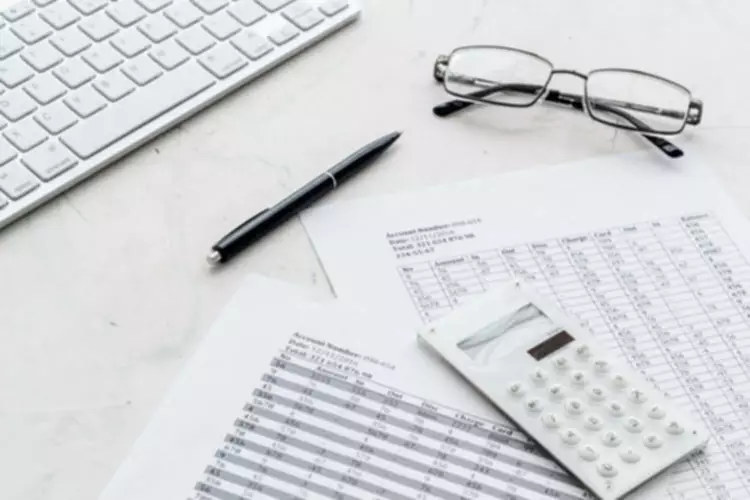Content

It is a two-digit code but can become three-digit if your company has more than 99 divisions. At the same time, if your company has only one division you don’t need this code. Create a chart of accounts that doesn’t change much year over year. This way you can compare the performance of different accounts over time, providing valuable insight into how you are managing your business’s finances. In the interest of not messing up your books, it’s best to wait until the end of the year to delete old accounts. Merging or renaming accounts can create headaches come tax season. The chart of accounts is a numbered list of all accounts used to record and summarize business transactio…

Individual accounts within each department also are assigned a number. Most small businesses assign a three- or four-digit number to each account based on the type of transaction that’s involved. At the end of your accounting cycle, the total amount of the individual accounts from each department is totaled and used to generate your financial statements. Companies use a chart of accounts to organize their finances and give interested parties, such as investors and shareholders, a clearer insight into their financial health. Separating expenditures, revenue, assets, and liabilities help to achieve this and ensure that financial statements are in compliance with reporting standards.
HOW TO NUMBER ACCOUNTS IN A CHART OF ACCOUNTS
We recommend reading the chart of accounts article prior to beginning with the chart of account numbering. For example, the expense of office supplies might be assigned the code 5600, or a credit card liability the code 2200. “Accounts payable” refers to an account within the general ledger representing a company’s obligation to pay off a short-term obligations to its creditors or suppliers. Financial statements are written records that convey the business activities and the financial performance of a company.
Why Is the Chart of Accounts Important?
The chart of accounts is important because it’s the primary reference tool for a company’s financial structure. It’s the central hub for the company’s financial accounts, which are the source of its principal financial statements. A well-constructed chart of accounts enables management to obtain a birds-eye view of the company’s financial performance from its general ledger. In the same, way, it also helps the company to simplify and streamline end-of-period reporting.
Accounting teams tend to focus on doing things the “right way” rather than asking the readers of the financial statements what they want to see. That is the equivalent of building a house for someone without asking how they want it built. Build the accounts for management, not for GAAP and tax purposes. Explain what a credit analyst should do in preparation for an analysis of the financial statements. Identify and explain some of the important limitations of consolidated financial statements. Define and explain theoretically the importance of the inventory and depreciation in the balance sheet. Describe the three major sections common to all financial statements.
Bench: America’s Largest Bookkeeping Service for Small Businesses.
Alongside sales and dues, chart of accounts mapping also tracks where and what your money is being spent on. It provides information on recurring payments like rent, utilities. It can also help you streamline your expenses by highlighting key areas of improvement. It is helpful to have a chart of accounts for small business since it helps gauge company value. A chart of accounts stores important information regarding company expense breakups. It can help you determine the exact amount of profit you owe to stakeholders. Not sure about how a chart of accounts for small business works?
- For example, consider a simple manufacturer who last month had $1,000 of manufacturing supplies and $1,000 of shop repairs, for a total of $2,000 of indirect expenses.
- For example, your accounts payable general ledger account number is 2050.
- These are familiar sentiments to anyone who has sat through a few financial meetings.
- If you have a lot of different types of transactions, using sub-accounts can help you keep track of them more easily.
- Most companies choose a metric such as labor hours and estimate a rate per labor hour that “uses up” these indirect costs over the course of a month or year.
This is because there are fewer accounts to include in the report, which can make it simpler and faster to generate the report. There are many different ways to number the accounts in a chart of accounts.
What Is Double-Entry Accounting?
You calculate revenue by multiplying the price per unit by the number of units sold. A liability is, to put it simply, what the company owes to some other party . Unfortunately, a lot of people do not understand this important accounting tool. Review your entire books at the end of the year to identify areas of possible consolidation. At the end of the year, review all of your accounts and see if there’s an opportunity for consolidation. … map of a business that allows you to easily navigate through its various financial parts.

SaaS platforms, like Volopay, are able to complete such automatable tasks within chart of accounts numbering minutes. NerdWallet strives to keep its information accurate and up to date.
You might have a main account for “Expenses” and then sub-accounts for “Rent”, “Utilities”, and “Office Supplies”. This can help you see at a glance where most of your expenses are going. To avoid this problem, it’s best to use a numbering system that leaves room for expansion. For example, if you’re currently using four digits for your account numbers, you could switch to six digits, with the first two digits reserved for future growth. This would give you plenty of room to add new accounts without having to renumber your existing accounts. If all of your revenue accounts are grouped together and all of your expense accounts are grouped together, it’s much easier to make those comparisons.

The chart is usually sorted in order by account number, to ease the task of locating specific accounts. The accounts are usually numeric, but can also be alphabetic or alphanumeric. The expense account is the last category in the chart https://www.bookstime.com/ of accounts. It includes a list of all the accounts used to capture the money spent in generating revenues for the business. The expenses can be tied back to specific products or revenue-generating activities of the business.
You don’t need a separate account for every product you sell, and you don’t need a separate account for each utility. All the types of money and resources your business spends in an effort to generate revenue.
- There should not be any posting to this account during the year.
- Say you have a checking account, a savings account, and acertificate of deposit at the same bank.
- If your company is an S or C corporation or an LLC corporation, it should have a Common Stock account and sometimes a Preferred Stock account.
- An account in this case refers to a unique record for each type of the company’s revenue, expense, equity, assets, and liability.
- XBRL eXtensible Business Reporting Language, and the related, required encoding (or “tagging”) of public company financial statement data in the U.S. by the Securities and Exchange Commission.
In some cases, especially for bigger companies with a more complex chart of accounts, the account code might be represented by 4 digits. Current assets are those you can easily convert into cash – they include cash, money in the bank, short-term deposits, stock, and marketable securities. Lastly, a well-structured and up-to-date chart of accounts can be your best friend during tax time.
